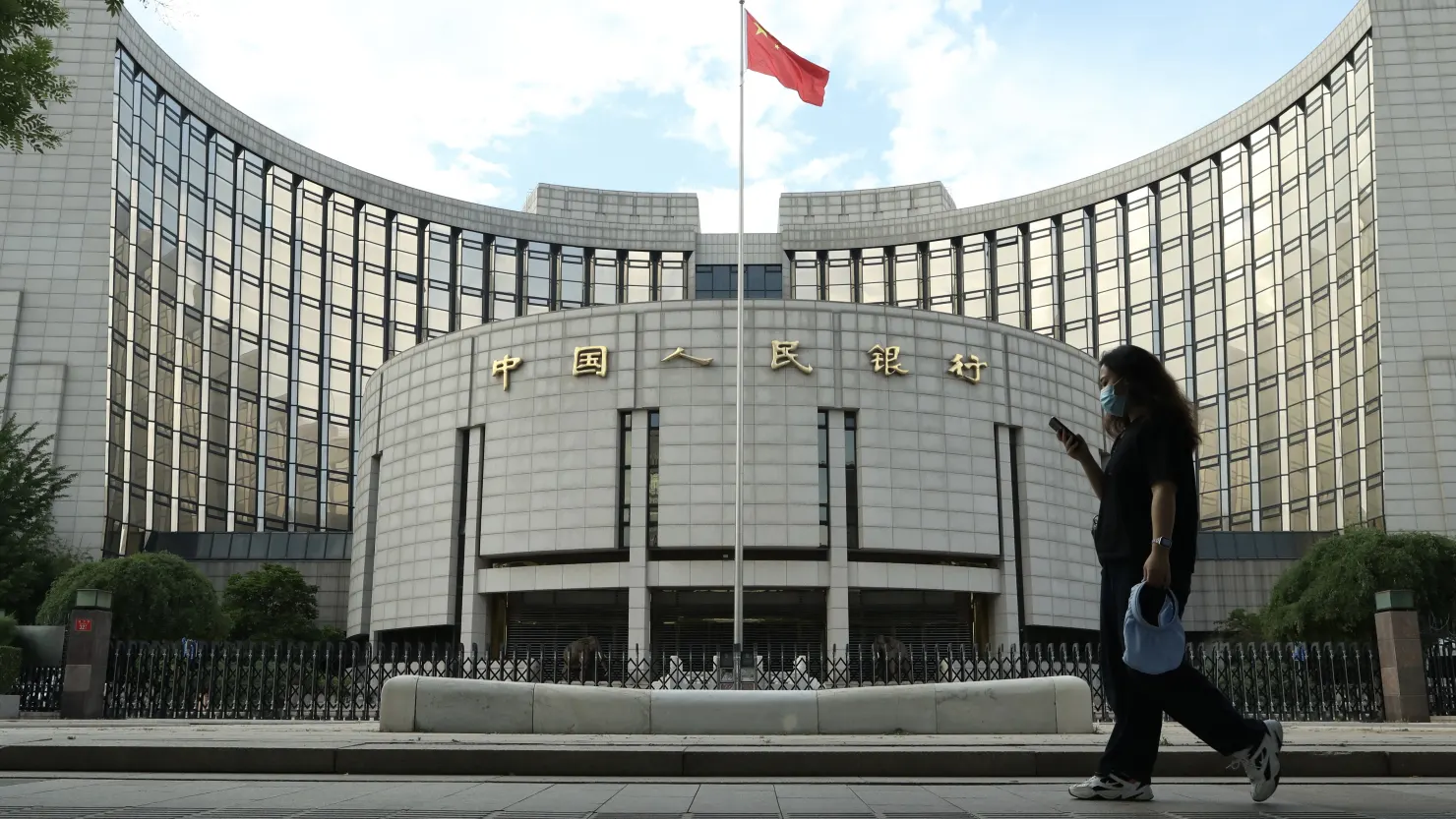China’s central bank cut its benchmark lending rates by 25 basis points on Monday, as the government seeks to stimulate the country’s flagging economy. The People’s Bank of China (PBOC) announced that the one-year loan prime rate (LPR) has been reduced to 3.1%, while the five-year LPR has been lowered to 3.6%.
The one-year LPR is a key rate influencing corporate and most household loans, while the five-year LPR serves as a reference point for mortgage rates. The move was largely anticipated after PBOC Governor Pan Gongsheng hinted at a potential rate cut during a forum in Beijing last week.
Pan also mentioned the possibility of lowering the reserve requirement ratio (RRR) — the amount of cash banks are required to hold in reserve — by an additional 25 to 50 basis points by year-end, depending on the liquidity situation. This would follow last month’s 50-basis-point cut in the RRR, which was aimed at easing financial conditions.
The PBOC has also announced other monetary policy adjustments, including a 20-basis-point reduction in the seven-day reverse repurchase rate and a 30-basis-point cut in the medium-term lending facility rate.
While the rate cuts signal continued monetary stimulus, economists believe that more fiscal support is necessary to address China’s economic challenges. Shane Oliver, head of investment strategy at AMP, noted that while monetary easing is taking place, it is insufficient on its own to significantly boost the economy. “The real issue is a lack of demand, and that’s why fiscal stimulus is so important,” Oliver said.
Despite recent rate cuts, some analysts argue that real interest rates in China remain too high. Zhiwei Zhang, president and chief economist at Pinpoint Asset Management, expects further rate cuts in 2024 as U.S. Federal Reserve rates begin to decline in comments to CNBC.
The rate cut follows a series of support measures from the PBOC aimed at stabilizing the world’s second-largest economy, which is grappling with a prolonged property sector crisis and sluggish consumer spending. In July, China surprised markets by trimming both its short-term and long-term lending rates.
Recent data, however, suggests a glimmer of hope for the economy. China reported better-than-expected GDP growth of 4.6% year-on-year for the third quarter, with retail sales and industrial production figures for September also exceeding expectations.





